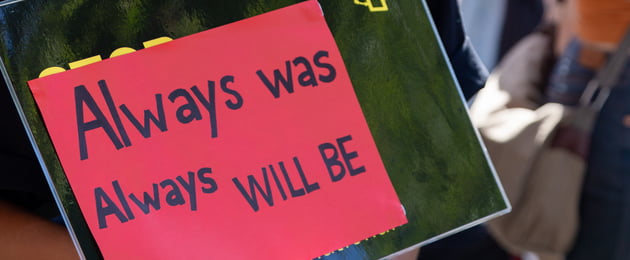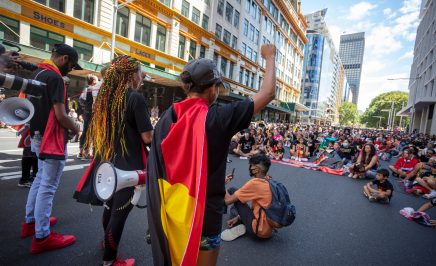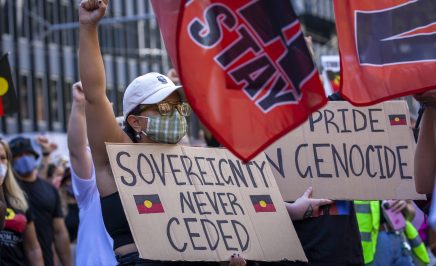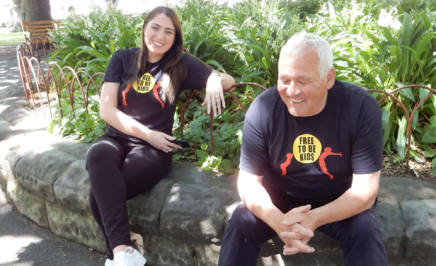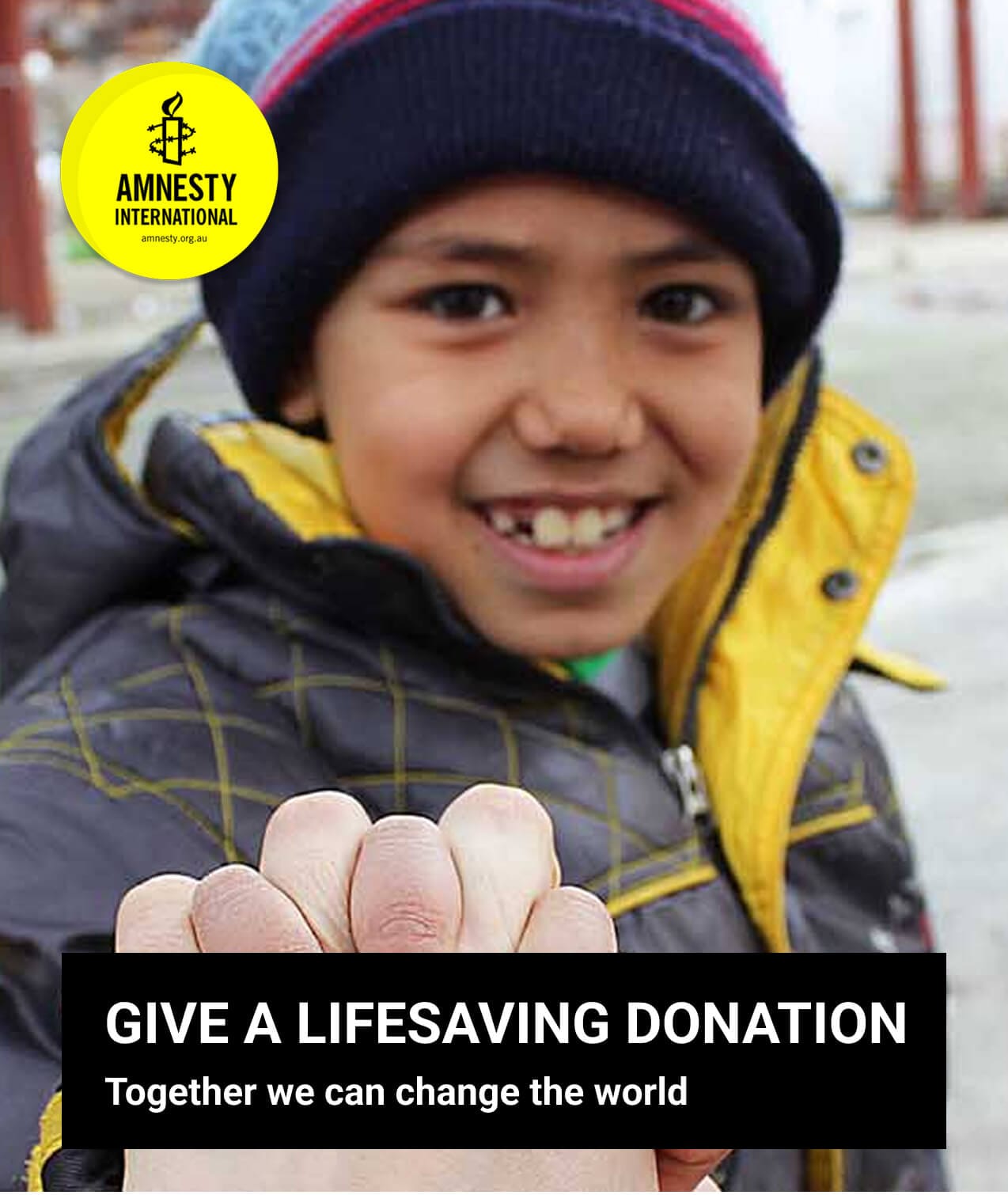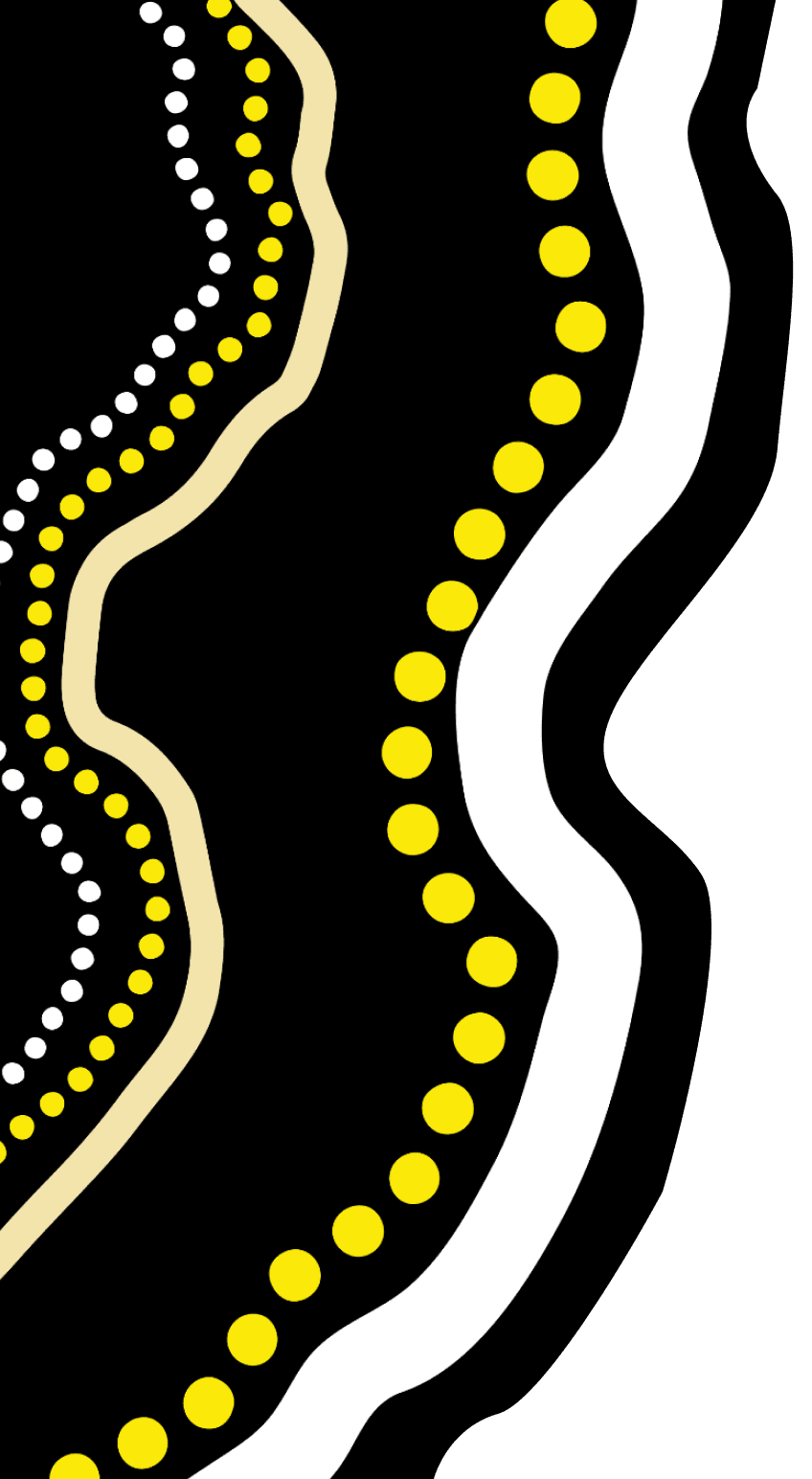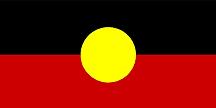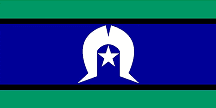In this digital age, when information spreads far and wide at the click of a button, separating fact from fiction has never been trickier. Nowhere is this more evident than in discussions around the upcoming referendum on the Aboriginal and Torres Strait Islander Voice to Parliament.
As the referendum date approaches and Australians try to decide how they’ll vote, a worrying trend has emerged. A flood of misinformation and disinformation has infiltrated conversations, creating confusion and doubt around this pivotal issue.
Misinformation vs. Disinformation: What’s the difference?
These two terms are often used interchangeably, but they have distinct meanings:
Misinformation refers to the unintentional spreading of inaccurate or false information by people or organisations. In the context of the Voice to Parliament referendum, misinformation takes the form of misconceptions, partial truths and skewed facts. This can lead to misunderstanding of the proposed changes.
Disinformation, by contrast, is a more sinister and deliberate form of deceit. It’s the purposeful spreading of false information with the aim of deceiving the audience or manipulating public opinion. Within the referendum context, disinformation is generally motivated by the spreader’s political agenda. Their goal might be fearmongering or the perpetuation of stereotypes and biases.
In response to the growing misconceptions, Amnesty International has created this page to set the record straight. In this piece, we delve into some of the most common myths that have taken root in the public discourse. And we do so armed with facts, evidence and a dedication to clarity.
This is the most significant moment for Indigenous rights Australia has seen in generations. Our goal is to empower Australians with the knowledge to navigate this referendum. With these facts, voters will be ready to have informed conversations and make thoughtful decisions when the time comes to cast their ballot.
Myth: The Voice won’t help First Nations people
FALSE: The Voice to Parliament will provide a platform for First Nations communities to be heard and advise government on laws and policies impacting them. Up until now, the government has made laws about First Nations people without any requirement to consult with them. If we change this, it will lead to better outcomes for Indigenous peoples and for the government. The Indigenous Voice to Parliament is a simple, practical way to achieve this.
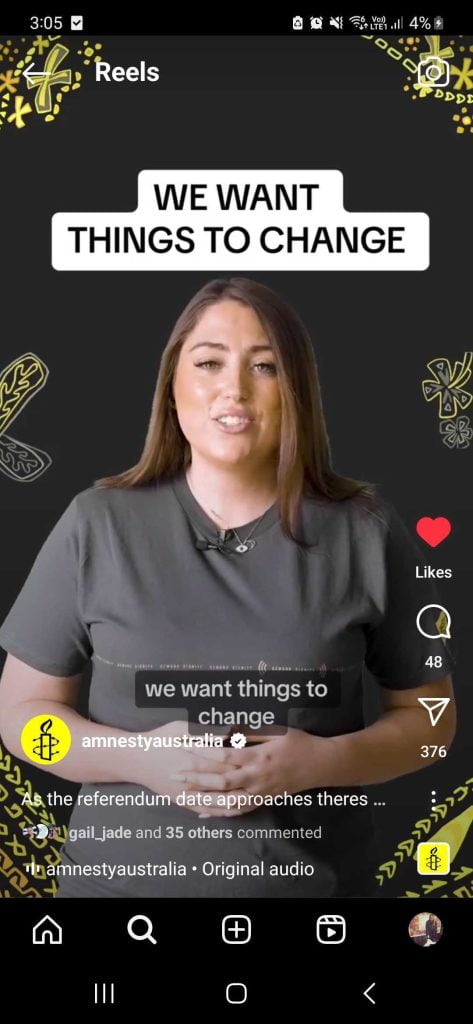
Myth: An Indigenous Voice to Parliament will create apartheid in Australia.
FALSE: One argument that No Campaigners have been pushing is that an Indigenous referendum is divisive, even racist. The Voice to Parliament, they argue, will split Australia down the middle, causing dangerous racial tension. The apartheid myth is an offshoot of that argument. And as the experts at RMIT Fact Lab explain, it is completely baseless.
“The Voice referendum proposes to amend the Australian Constitution to recognise Indigenous Australians as the First peoples of Australia and to create an advisory body, called the Aboriginal and Torres Strait Islander Voice, which will provide advice to the government on matters relating to Aboriginal and Torres Strait Islander peoples.”
Constitutional and international law experts have rejected the claim that the proposed Indigenous Voice would create apartheid in Australia. “There’s no evidence that the Voice to Parliament is seeking to establish systematic oppression over Indigenous or non-Indigenous Australians.”
Professor Ben Saul at the University of Sydney is one of those experts. “The Voice does not in any way involve Indigenous Australians perpetrating any inhuman acts against other Australians, or establishing systematic oppression and domination over other Australians,” he said. “Nor does it in any way involve non-Indigenous Australians perpetrating any inhuman acts against Indigenous Australians”.
Professor Dominic O’Sullivan from Charles Sturt University wrote “Apartheid and the Voice are polar opposites. The Voice is a path towards democratic participation, while apartheid eliminated any opportunity for this”.
The Voice to Parliament won’t give anyone extra political rights. Rather, the Voice would be an advisory body providing advice to the government on matters relating to First Nations peoples.
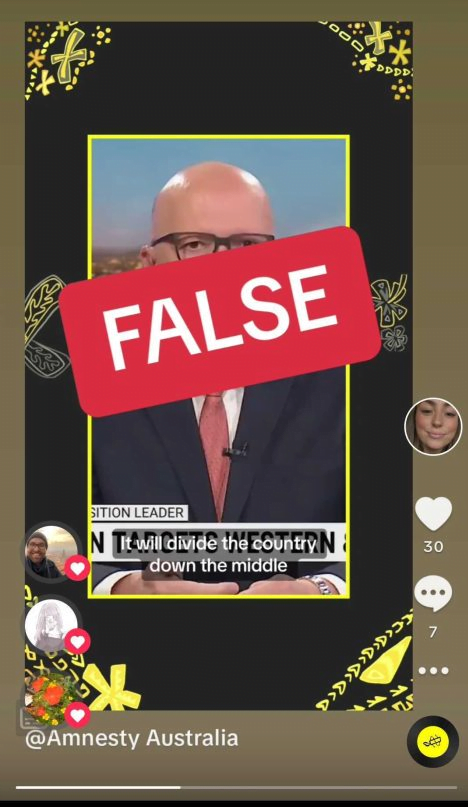
Myth: The Indigenous Voice undermines the idea of equality that’s captured in our Constitution and underpins our democracy
FALSE: The idea that equality is enshrined in Australia’s Constitution is shaky at best. Our Constitution lacks safeguards for equality. Indeed, it actually permits and enables racially discriminatory legislation through section 51, known as ‘the race power.’
Throughout Australia’s history, the government has used the race power to enact legislation regarding Aboriginal and Torres Strait Islander communities. However, there’s no requirement that these laws benefit First Nations peoples.
The structure of our Parliament is also inherently unequal. The Constitution mandates an equal number of senators from each state. This means that Tasmania — population 571,500 — has the same Senate representation as Victoria — population 6,613,700.
Katie O’Bryan and Paula Gerber from Monash University’s Faculty of Law explain. “Amending the Constitution to provide First Nations peoples with a Voice to Parliament does not offend notions of equality; rather, it is acknowledging the finding of the High Court in Mabo v Queensland (No. 2) that “Their dispossession underwrote the development of the nation”.”
Myth: Most First Nations people don’t want the Voice.
FALSE: The best available data shows that most First Nations people do support the Voice. Based on polls conducted in January and March this year, around 80% of First Nations people are voting ‘Yes’. They want things to change. Those claiming that First Nations communities don’t want this are politicians, who are using this debate for their own ends. An obvious example is the Leader of the Opposition, who famously walked out of the apology to the Stolen Generations. Others who are pushing this argument include media barons who sell newspapers by creating division and controversy.
Myth: The Voice referendum will include two questions, which are designed to “trick” voters.
FALSE: Opponents of the Voice to Parliament have claimed that the Voice referendum will consist of two questions, not one. The creators of the referendum, the rumour goes, have weighted the questions differently to “trick” Australians into voting ‘Yes’.
This myth started showing up on various online platforms in August. A message that was reshared dozens of times on Facebook outlines the theory. According to the post, the first question will be “Do you recognise the Indigenous people”. This is where the “trick” comes in. If the voter answers ‘Yes’ to the first question, it will override their answer to the second question. This means their vote will count as a ‘Yes’ even if they choose ‘No.’ However, the post doesn’t actually say what that second question will be.
There’s absolutely no truth to this myth. The Voice referendum will ask voters only one question: do they want to recognise Aboriginal and Torres Strait Islanders as the First Peoples of Australia by enshrining a Voice to Parliament in the constitution.
Myth: Australia already has an agency that does what an Indigenous Voice to Parliament would do, and it costs $30 billion a year.
FALSE: No campaigners have argued that we don’t need a Voice to Parliament because we already have one. They are referring to the NIAA — the National Indigenous Australians Agency — which represent First Nations interests to the government. During a radio interview, former Prime Minister Tony Abbott complained about the cost of the NIAA. He claimed they spend “something like $30 billion a year on various Indigenous programs.” This stoked fears that the Voice is an expensive and unnecessary waste of taxpayer money.
Firstly, Abbott has massively exaggerated that dollar figure. The NIAA’s total budget for 2022-23 was $4.5 billion, almost one seventh of what Abbott claimed.
More importantly, there are big differences between the NIAA and the proposed Voice to Parliament. A yes vote would enshrine the Voice in our Constitution, and the government couldn’t remove it without another referendum. The NIAA, on the other hand, is an executive agency within the Prime Minister and Cabinet Portfolio. This means the current administration could abolish it at any time. In short, the NIAA doesn’t guarantee First Nations peoples the ongoing representation they want and deserve.
There are several other key differences between the NIAA and the Voice. For instance, the Voice would consist entirely of representatives of First Nations peoples. Meanwhile, only 22% of the NIAA identify as Aboriginal or Torres Strait Islander. Finally, as an internal agency, the NIAA is accountable to the government. This is different to the proposed Voice, which would sit outside both the executive and parliament, making it truly independent.
Myth: The Indigenous Voice referendum proposes to change the constitution to allow all private land to be transferred to native title.
FALSE: Native title is the recognition under Australian common law of pre-existing Aboriginal and Torres Strait Islander peoples’ rights and interests in land and waters according to their traditional laws and customs.
The constitutional change proposed by The Voice referendum does not mention land or native title. What it proposes is the addition of a new section to the Australian Constitution to recognise Aboriginal and Torres Strait Islander people as the First Peoples of Australia and the creation of an advisory body called the Aboriginal and Torres Strait Islanders Voice.
Speaking to RMIT’s FactLab, Associate professor Dr Kate Galloway at Griffith University’s Law School rejected concerns about native title. She explained the wording of the proposed constitutional changes are “utterly incapable of being construed as transferring title.” She also said “There is no mention of land, no mention of any other right, power, or privilege. The words are very clear.”
As the referendum date of October 14 approaches, Amnesty remains committed to separating fact from fiction. Unfortunately, as we inch closer to this critical moment in our nation’s history, the flood of misinformation and disinformation is likely to increase.
In this era of information overload, it’s important to exercise discernment and critical thinking. When encountering outlandish claims, especially in the media, consider the source. If you come across specific instances of misinformation or disinformation that haven’t been addressed here, it’s a good idea to consult independent fact-checkers like the team at RMIT FactLab and other reputable sources.
Amnesty’s commitment to providing accurate information remains unwavering. We’ll continue to update this page as new myths emerge, ensuring that you’re equipped with the truth as you prepare to make an informed decision in the referendum. Together, we can navigate the challenges posed by misinformation and disinformation and work toward better outcomes for First Nations people through a yes vote in the referendum.
